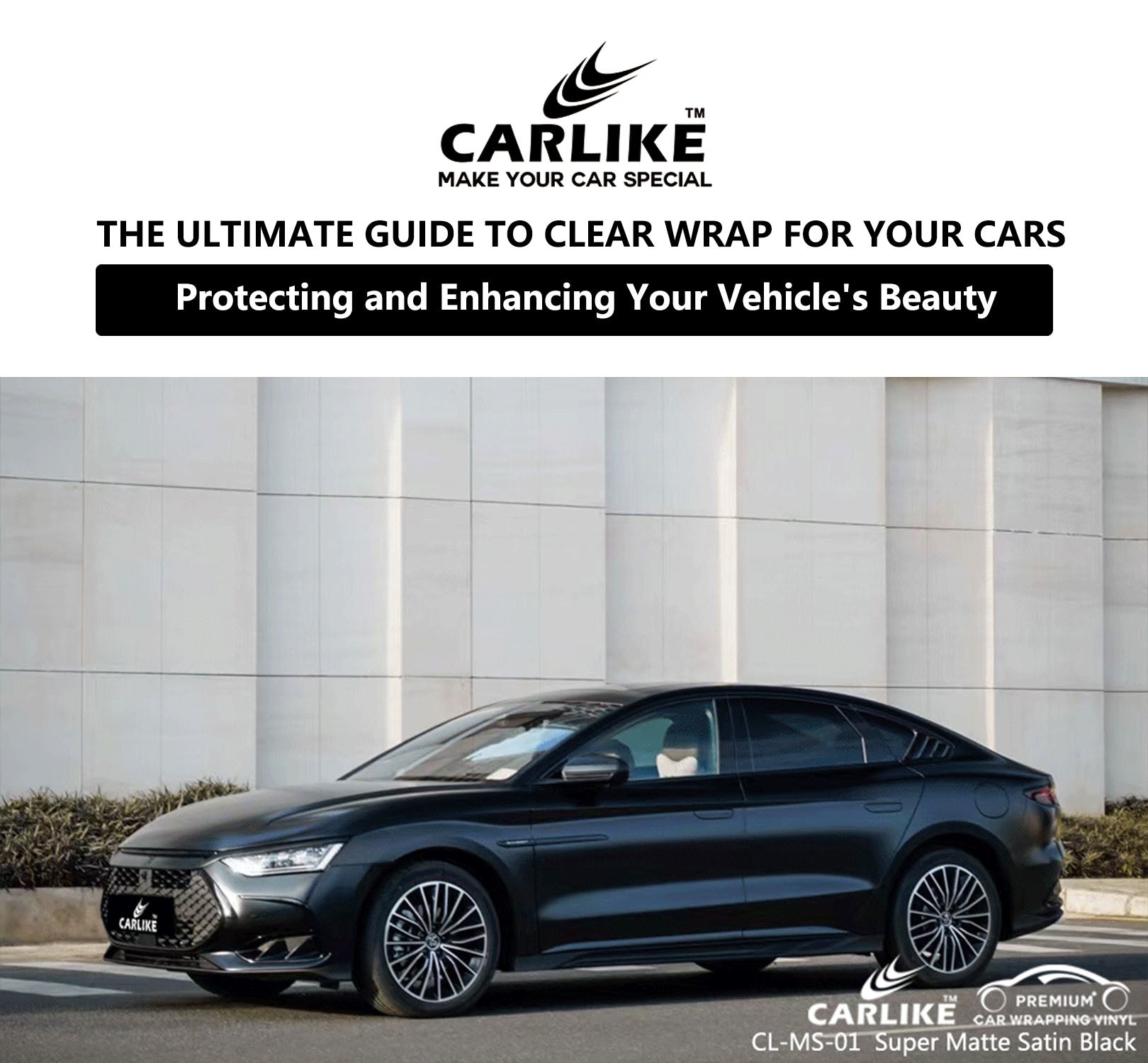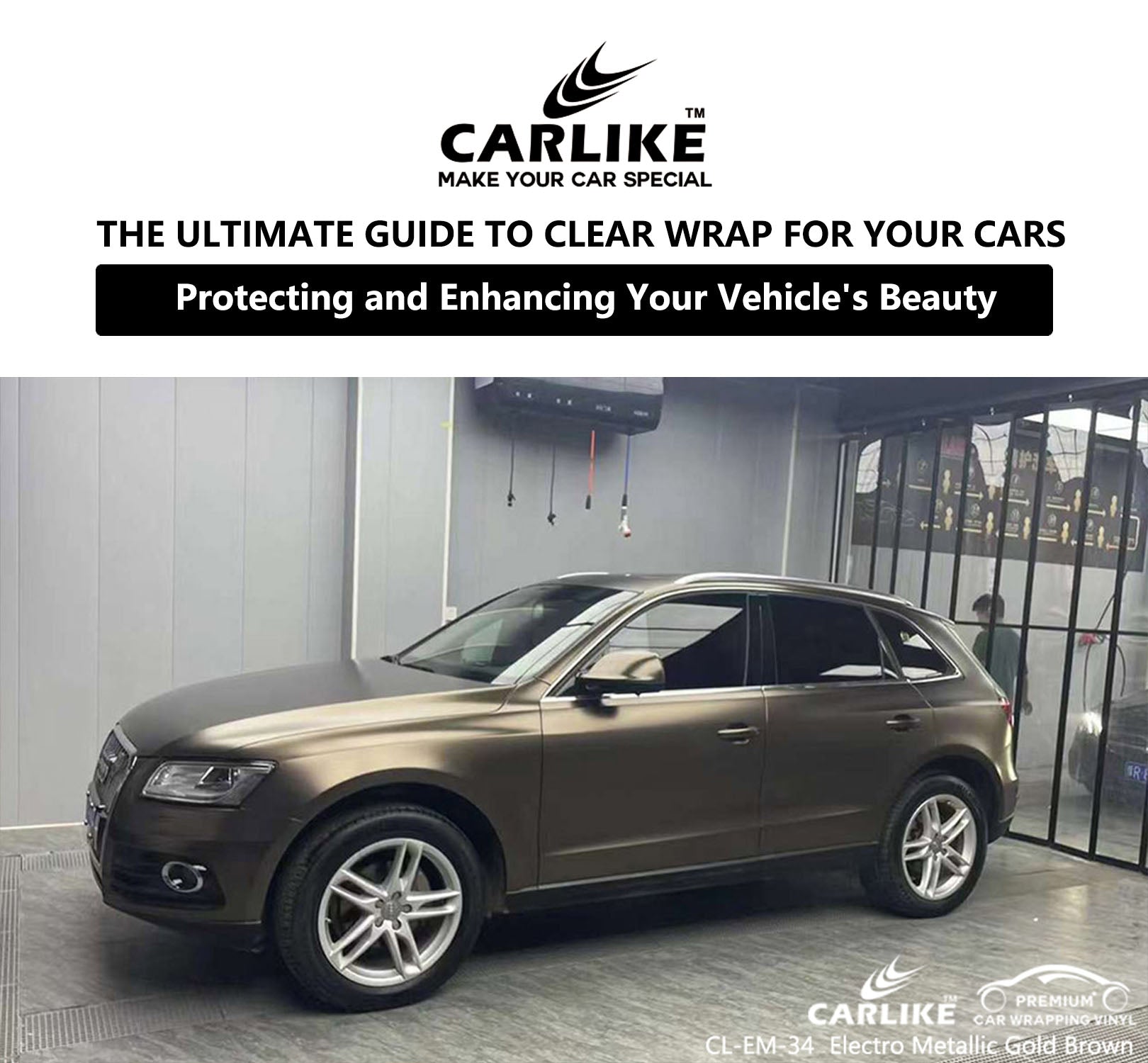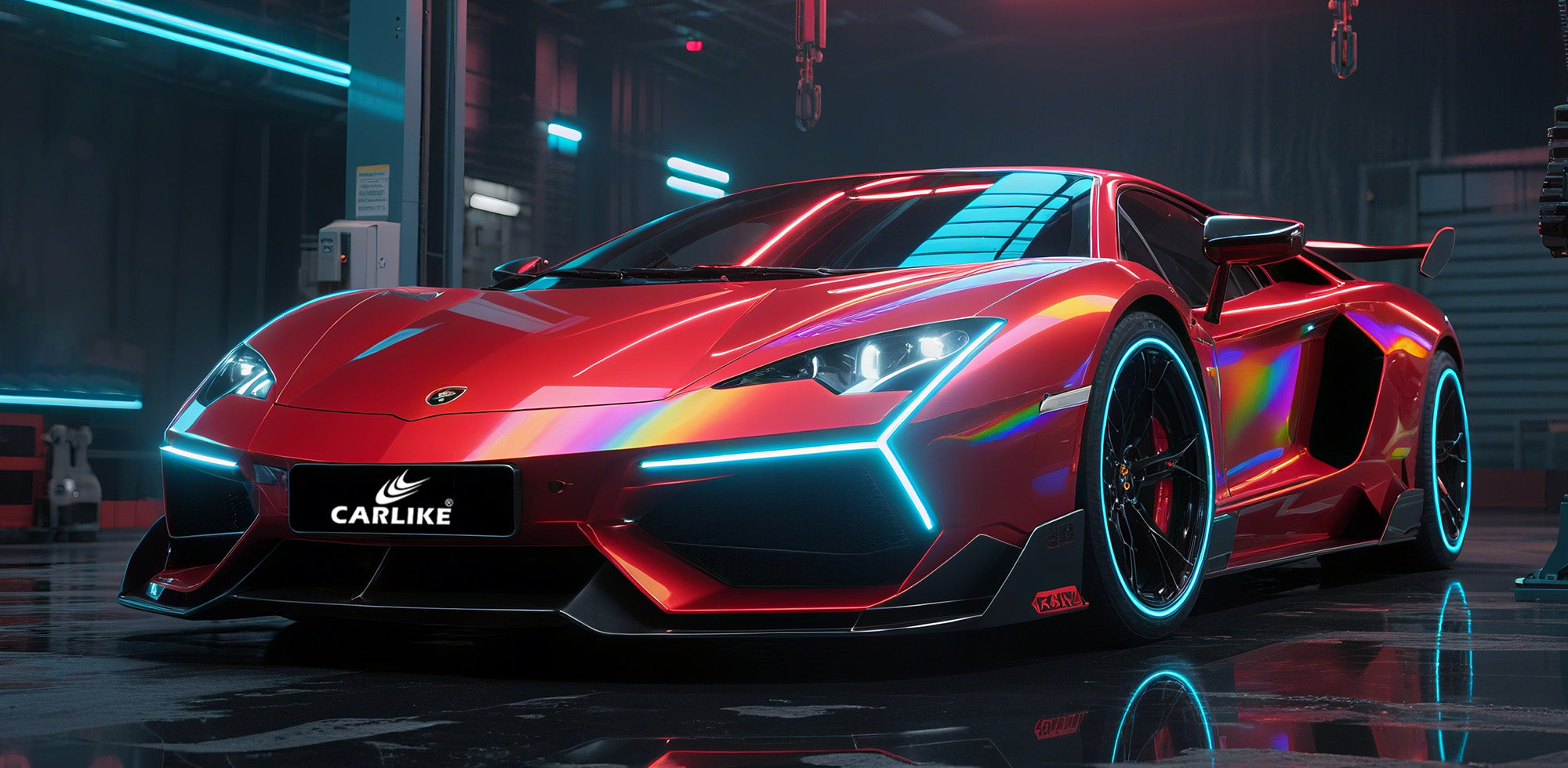Understanding the Factors Affecting Vinyl Wrap Consumption for Car Makeovers
By comprehending these factors, you can accurately estimate the amount of vinyl needed for your car makeover project, avoiding wastage or shortages.
1. Vehicle Size and Shape: The size and shape of your vehicle play a significant role in determining the amount of vinyl wrap required. Larger vehicles, such as SUVs or vans, will naturally demand more material compared to compact cars. Additionally, vehicles with complex curves, contours, and intricate body features, like spoilers or vents, may require extra vinyl to accommodate these challenging areas.
2. Surface Preparation: Proper surface preparation is crucial for a successful vinyl wrap installation. A smooth and clean surface ensures better adhesion and reduces the risk of premature peeling or bubbling. However, in some cases, vehicles with imperfections or body damage may need additional vinyl to compensate for uneven surfaces or to cover up repairs.
3. Color and Finish: The color and finish of the vinyl wrap can affect the amount of material needed. Darker colors, like black or navy, typically provide better coverage and may require less vinyl compared to lighter shades such as white or yellow. Moreover, certain finishes, like metallic or textured wraps, may require additional material to achieve a consistent and desired look.

Top Tips for Accurately Estimating Vinyl Wrap Amounts for Cars
Accurately estimating the amount of vinyl wrap needed for a car wrapping project is crucial to ensure a smooth and cost-effective process. Whether you're a professional installer or a DIY enthusiast, following these top tips will help you achieve precise calculations and avoid running out of material or wasting excess vinyl.
1. Measure and Calculate Vehicle Dimensions: Start by measuring the dimensions of the vehicle you plan to wrap. Take accurate measurements of the length, width, and height of each panel, including doors, fenders, bumpers, and the roof. It's essential to measure the vehicle as precisely as possible, allowing for variations in curves and contours. Break down the vehicle into smaller sections to calculate the required vinyl for each area accurately.
2. Consider Vinyl Wrap Overlaps: To ensure a seamless and professional finish, it's common practice to overlap vinyl wrap panels. The amount of overlap required will depend on the specific vinyl material being used and the skill level of the installer. As a general guideline, a 1/4 to 1/2 inch (6-12 mm) overlap is recommended. When estimating the vinyl wrap amount, factor in the additional material needed for overlaps, particularly at panel edges and corners.
3. Consult with Professionals: If you're uncertain about the estimation process or have a complex vehicle wrapping project, it's advisable to consult with professional vinyl wrap installers. They have extensive experience and expertise in accurately estimating material requirements for different types of vehicles and designs. Professionals can offer valuable insights and guidance based on their practical knowledge, ensuring you have the right amount of vinyl for your project.
Estimating Vinyl Wrap Costs: Budgeting for a Professional Car Makeover
When planning a professional car makeover using vinyl wrap, it's crucial to have a clear understanding of the costs involved. Estimating vinyl wrap costs accurately allows you to budget effectively, ensuring that you have the necessary funds for a high-quality and visually stunning transformation. Consider the following factors to develop a comprehensive budget for your vinyl wrap project.
1. Vinyl Material: The cost of vinyl wrap material varies depending on several factors, including brand, quality, color, finish, and special features. Higher-end vinyl wraps with unique finishes or textures tend to be more expensive than standard options. It's important to research different vinyl wrap brands, compare prices, and consider the specific requirements of your project to determine the appropriate material cost.
2. Vehicle Size and Complexity: The size and complexity of your vehicle play a significant role in estimating vinyl wrap costs. Larger vehicles, such as trucks or SUVs, require more material compared to compact cars, which can impact the overall expense. Additionally, vehicles with intricate body features, complex curves, or challenging surfaces may require additional material or expertise during the installation process, potentially affecting the cost.

3. Design Elements and Graphics: If you plan to incorporate design elements, graphics, or custom artwork into your vinyl wrap, the complexity and size of the design will influence the overall cost. Intricate and detailed designs typically require more time and effort to install, resulting in higher labor costs. Discuss your design ideas with professional installers to obtain a realistic estimate of the additional expenses associated with custom graphics.
4. Labor and Installation: Professional installation is recommended for achieving the best results with vinyl car wrapping. Labor costs can vary depending on the experience and reputation of the installer, as well as the complexity of the project. Complex vehicle shapes, challenging surfaces, and intricate designs may require more time and skill, potentially increasing the labor cost. Obtain quotes from reputable installers to gauge the labor expenses for your specific project.
DIY vs. Professional Car Wrapping: How to Estimate Vinyl Requirements for Each Option
1. DIY Car Wrapping: Many car enthusiasts choose to wrap their own vehicles due to the sense of accomplishment, creative freedom, and potential cost savings. However, it's important to estimate the vinyl requirements accurately to avoid wastage or running out of material midway through the project. Here's how to go about it:
a. Measure the Surface Area: Start by measuring the surface area of your car that needs to be wrapped. Break it down into sections, such as the hood, roof, doors, etc. Use a measuring tape or a digital measuring tool for precise measurements.
b. Consider Overlaps and Complex Shapes: DIY car wrapping can be challenging, especially when dealing with complex curves, recesses, or body features. Take into account the additional vinyl needed for overlaps and accommodating these intricate areas.
c. Research the Vinyl Material: Different vinyl materials have varying widths, textures, and conformability. Check the specifications of the vinyl you plan to use and consider its coverage area per roll. This information will help you estimate the number of rolls required for your specific car size and design.
d. Add an Extra Margin: It's always recommended to add a small buffer of around 10-15% to your estimated vinyl quantity. This margin accounts for any errors, reworks, or unforeseen challenges during the wrapping process.

2. Professional Car Wrapping: Opting for professional car wrapping services offers several advantages, including expertise, experience, and access to high-quality materials. Professionals have honed their skills in accurately estimating vinyl requirements based on years of practice. Here's what you need to know:
a. Consultation and Assessment: When you engage a professional car wrapping service, they will typically conduct an initial consultation and assessment. They will evaluate your car's size, shape, and condition, and provide an estimate based on their expertise. They may also consider factors like design complexity, specialty finishes, or additional customization.
b. Precision Tools and Techniques: Professional car wrappers have access to advanced tools, such as computer-aided design (CAD) software and cutting plotters, which allow for precise measurements and minimal wastage. They are adept at working with different vinyl widths and patterns to achieve seamless results.
c. Material Selection and Efficiency: Professionals often have preferred vinyl suppliers and can suggest the most suitable material for your specific needs. They understand how to maximize material efficiency, minimizing the amount of vinyl required while maintaining a high-quality finish.
d. Warranty and Quality Assurance: Reputable car wrapping services often provide warranties for their work. This means that if any issues arise with the vinyl or installation, they will rectify them at no additional cost. Professional installations are also more likely to last longer and retain their aesthetic appeal over time.

FAQ for how much to wrap a car?
Q: What is the average amount of vinyl required to wrap a standard-sized car?
A: On average, a standard-sized car may require approximately 50 to 75 feet of vinyl wrap material. However, this can vary depending on the car's make, model, body style, and the level of coverage desired.
Q: How much vinyl do I need for a partial car wrap?
A: The amount of vinyl required for a partial car wrap depends on which sections of the car you intend to wrap. Measure the surface area of the specific sections and consider the shape and complexity of those areas.
Q: Should I buy extra vinyl wrap material as a precaution?
A: It's generally recommended to purchase some extra vinyl wrap material, usually around 10-15% more than your initial estimate. This extra margin accounts for any errors, reworks, or unforeseen challenges during the wrapping process.
Q: Are there any online calculators or tools available to estimate vinyl requirements?
A: Yes, several online calculators and tools are available that can help estimate the amount of vinyl needed based on car dimensions and coverage preferences. These tools can be a useful starting point, but manual measurements and considerations are still recommended.
Q: What are the potential cost savings of estimating vinyl requirements accurately?
A: Accurate estimation helps minimize wastage, reducing the overall cost of materials. By avoiding excessive purchases or delays due to insufficient vinyl, you can optimize your budget and make the most of your car wrapping project.
Final Words
Overall, accurately estimating the amount of vinyl needed to wrap your car is essential for a successful and cost-effective transformation. Whether you choose the DIY route or opt for professional car wrapping services, taking the time to measure the surface area, consider complex shapes, and research the vinyl material will go a long way in ensuring a seamless and visually stunning result. Don't forget to add a small buffer of extra material to account for any errors or unforeseen challenges along the way.
By estimating the vinyl requirements accurately, you can embark on your car wrapping project with confidence, knowing that you have the right amount of vinyl to achieve the desired look for your beloved vehicle. So, get ready to transform your car's appearance and turn heads on the road with a flawless vinyl wrap!








